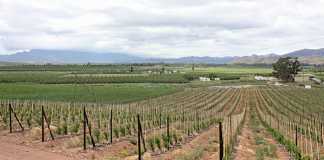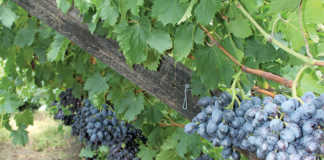The criminal charges, which Farmer’s Weekly confirmed with Magudu Police Station, relate to the size of the pens in which 200 crocodiles are kept. The pens measure 1m across and less than 2m long with a water depth of about 30cm, according to the NSPCA.
Nazareth Appalsamy, NSPCA national inspector of farm units, said that some of the crocodiles were bigger than the pens so their tails bent in the enclosure or their heads were permanently at an angle. “The crocodiles cannot lie or rest straight. There is no shade cloth, shelter or heating.” Appalsamy said there were about 15 000 crocodiles at Metcroc.
Although the standards for crocodiles in captivity are covered by regulations on crocodile farming, laws on single pen farming are not included as this is a relatively new farming method in South Africa. Robert Reader, chairperson of the South African Crocodile Farming Association (SACFA), said that when the association became aware of the issue between the NSPCA and Labuschagne, it agreed to initiate scientific research on the criteria for the social well-being of crocodiles and whether single pen farming met these criteria.
“The NSPCA, however, insisted that Metcroc remove its crocodiles from the single pens until scientific evidence was forthcoming,” said Reader. “In the meantime, we have been advised that experts have been consulted in this matter and they have apparently supported the single pens concept.”
Reader explained that crocodile skins were used in the fashion industry and quality was crucial. “The fashion industry demands first-grade skins which has forced farmers to look at farming practices which achieve these results. This includes keeping crocodiles in single pens where they can’t fight with each other and cause blemishes to the skins.” Labuschagne could not be reached for comment at the time of going to print.












